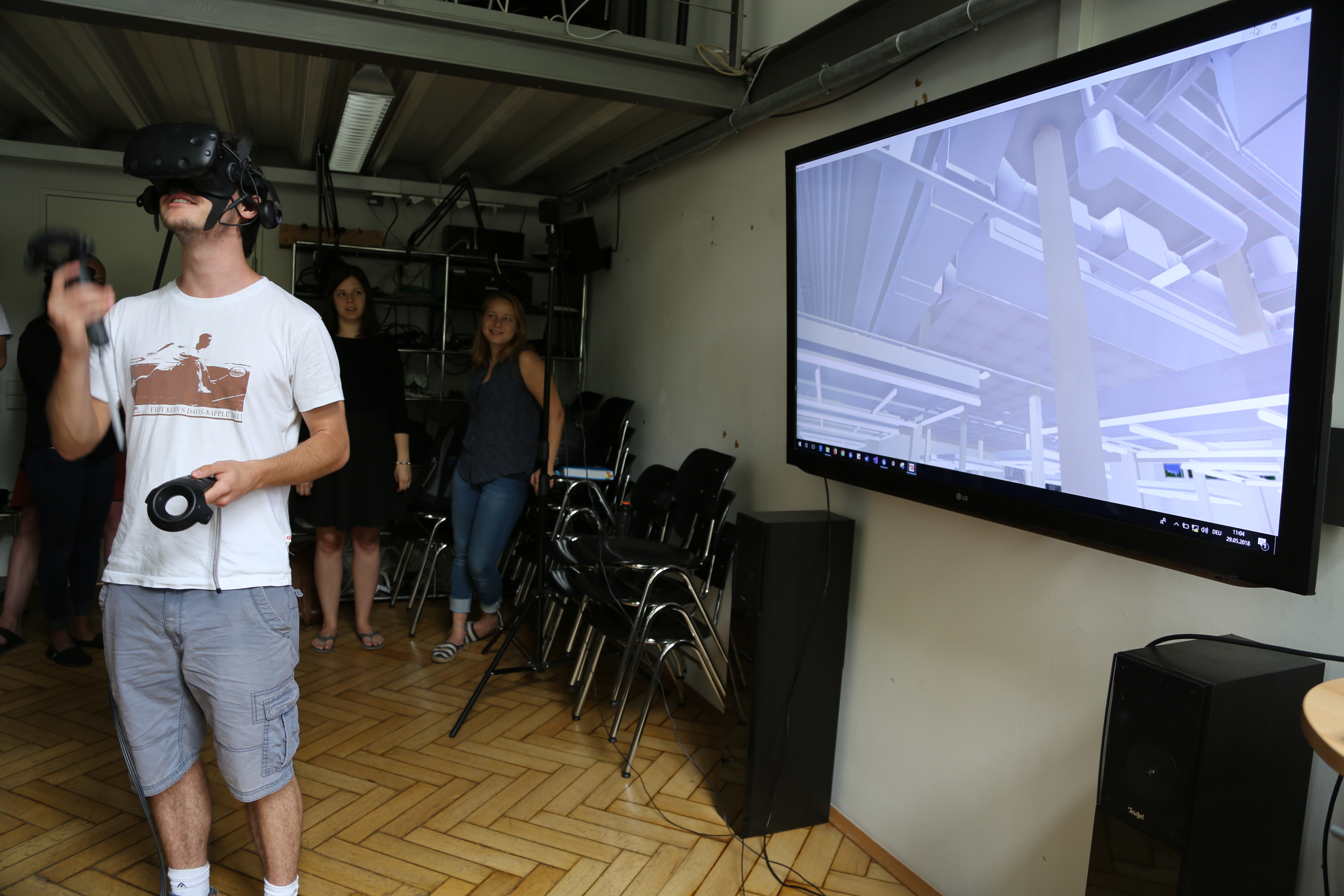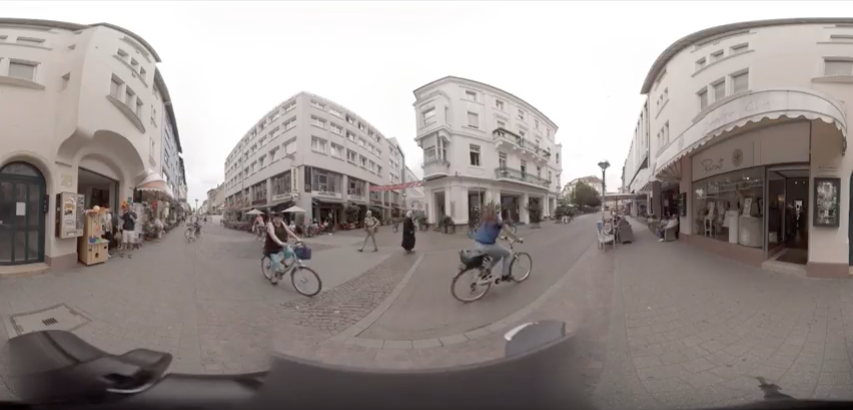14.10.2019, 12.00 noon, Bismarckstraße 75, Ludwigshafen
Urban Game | Stegreif Ludwigshafen, Explore the City, search empty properties, the dice decide where you go. Explore the city using the dérive method. Trace yourself with your smartphone, take photos, document empty spaces, urban phenomena and be part of the Nucleus Empty Space Festival.
Please install Locus MapsFree on your Android smartphone or
Open GPX Tracker on your iPhone.
The rules are based on the original of the laboratoire dérive.
1. Form research groups
A maximum of 2-3 persons will join together at the vacancy. Required utensils: Dice, day ticket, notepad, variable documentation (photo, film, audio, notebook, sketchpad, online media, etc.), smartphone with GPS tracker (Locus Maps for Android, Open GPX Tracker for iPhone), map (download here), 1 dice, possibly clipboard.
2. Document with all media
The documentation tasks will be distributed among the participants: Protocol, photography, film, audio, sketch, text, etc. In addition to the exact recording of time, research group and route, the participants are free to choose what is to be documented. At best, the journey will be recorded individually by all participants.
3. Let the dice decide
The existing means of transport (on foot, public transport) and lines at the starting point are assigned a dice value of 1-6. If necessary, first round and value of dice represents mode of transport (subway, tram, bus, etc.), 2. the line and 3. the number of stations to be travelled is determined by dice. The journey begins. You are allowed to determine the dice yourself. But there is also help.
4. Enjoy psychogeography
After leaving transportation / finishing the footpath, the research group “feels” the psychogeographic effect of the found environment to itself. The curious look becomes a signpost for the exploration that rambles around. The group decides when and where to continue, ideally with a new line or other means of transport. This principle will be continued until the group declares the end of the research trip. Recommended duration between 3-4 hours.
5. Share your research results
The resulting documentation material will be collected and compiled, and the researched routes have to be recorded. Retrospective research is welcome. DXF dataset via ILIAS or here.
Outputs
- GPS-Track as CSV, GPX, or KML data in ILIAS
- 2 (or more) result plans of your dérive (max. A0), if you also produce digital content, please load it up to ILIAS.
- Additional material
Deadline and presentation
- Deadline is 22.10.2019 | 12 o’clock noon, at the department Stadtquartiersplanung, please put your posters on KAPA-cardboard, we need it for the exhibition in Ludwigshafen.
- Presentation and exhibition inclusive after stegreif event on 24.10.2019, starting 6.00 p.m. in Ludwigshafen, Bismarckstrasse 75.
Additional information
- Registration via Campus Management-System
- If you can not join the official appointement on 14.10.19, it is also possible to do the short design by your own. Deadline is also 22.10.19. Please register although via Campus-Management System and ILIAS.
- You can do group work in a party of 2-3 or single work.
Roll the dice(s)
- Each route is determined completely randomly with the help of dice.
- A distinction is made between riding and running distances.
- A transportation route ends after the number of stations has been diced out or at the final station.
- A walk ends as soon as you reach a public transport stop.
- At the end of a route, a new route is determined by a dice.
- It is eminently important to always adhere to the rules and not to cheat. Often one has a preference for one of the possible alternatives or the dice bring one back to where one came from. In such cases, the temptation is great to bend the rules – stay strong!
Determination of a route
- For each route determination, try to give the available options generally an equal chance as possible. The only exception is the means of transport (including running) by which you arrive at a decision point.
- One proceeds hierarchically, i.e. by successive refinement, in which one first determines the principal mode of transport by throwing dice, then the bus route/number, then the track and/or the stop, etc. An example: Here you roll 1-3 for walking, 3-6 for bus. If you have rolled the dice for the bus, there are two possible entrances: You choose one by 1-3 for left or 4-6 for right.
- In most cases, a means of transport (bus or train) has two possible directions. In this case, a two-way decision is made and you take the first one who is arriving.
- Dice the length of the route. The sum of the eyes is the number of stations you have to travel on these lines.
- A direction is determined by rolling twice: First dice: North/South: 1-3 , West/East: 4-6, Second dice: North/West: 1-3, South/East: 4-6 . If you are in a place where not all 4 cardinal directions are possible, you can also make a two or three-alternative decision (see dice rules).
- In principle, the walking distance is covered by following the direction of the compass as strictly as possible. Since this is not always possible, simply follow the road. At a T-junction, you make a left/right decision and follow the path to the next possibility of returning to the original direction.
End of experiment
After 3-4 hours, preferably longer.
Varianten
Just Walk: Man streift durch die Stadt und erwürfelt an jeder Kreuzung/Abzweigung/Weggabelung den weiteren Weg.
Sonderregeln
Rebound. Kommt man an die Grenzen der Stadt, so wird an diesem Punkt eine neue Strecke bestimmt, wobei die Optionen, die aus der Stadt hinausführen unberücksichtigt bleiben.
Würfelregeln
Ja/Nein (1w6). Ja: 1-3, Nein: 4-6
Links/Rechts (1w6). Links: 1-3, Rechts: 4-6
Oben/Unten (1w6). Hoch/Oben: 1-3, Runter/Unten: 4-6
Himmelsrichtung (2w6). 1. Würfel Nord/Süd: 1-3, West/Ost: 4-6, dann 2. Würfel Nord/West: 1-3, Süd/Ost: 4-6
2 Alternativen (1w6). 1. Alternative: 1-3, 2. Alternative: 4-6
3 Alternativen (1w6). 1. Alternative: 1-2, 2. Alternative: 3-4, 3. Alternative: 5-6
4 Alternativen (2w6). 1. Alternative: 1-3/1-3, 2. Alternative: 1-3/4-6, 3. Alternative: 4-6/1-3, 4. Alternative: 4-6/4-6
5 Alternativen (1w6). 1.-5. Alternative: 1-5, bei 6 nochmals würfeln
6 Alternativen (1w6): 1.-6. Alternative: 1-6



0 Comments